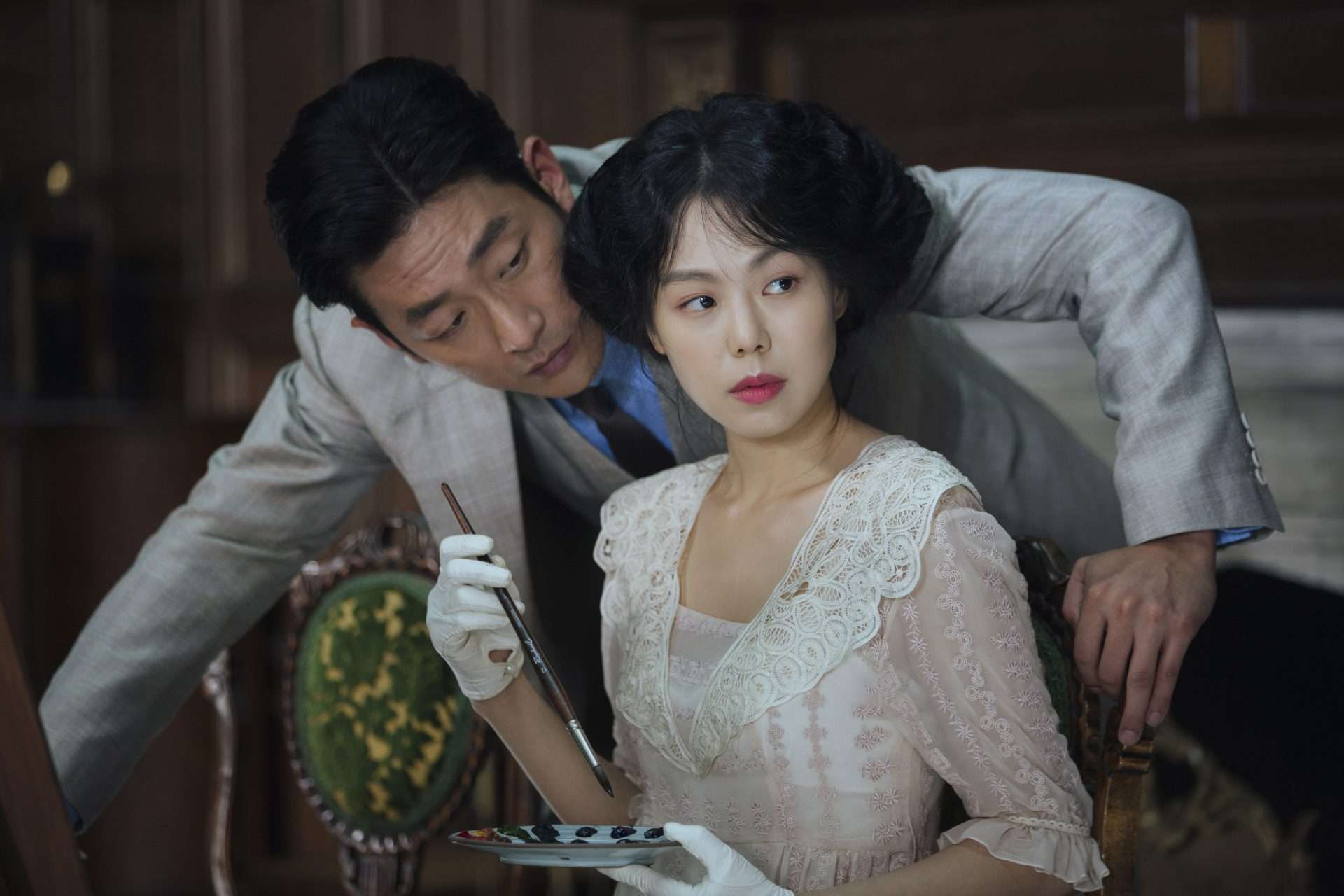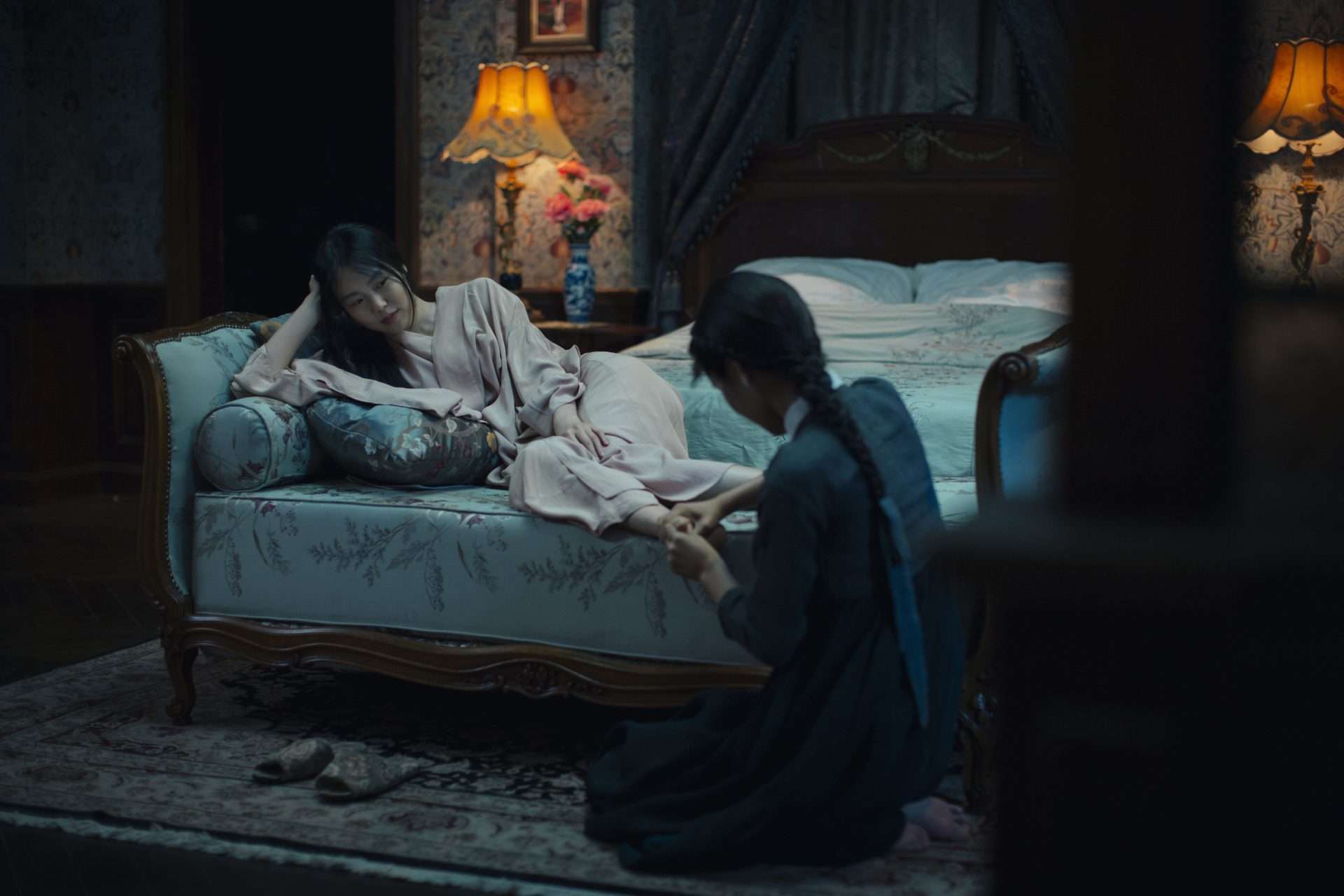The Handmaiden (2016) is a visually stunning psychological thriller set against a backdrop of foreign occupation. The story follows a young woman hired as a handmaiden in a lavish estate, who becomes entangled in a complex scheme involving the reclusive heiress she serves. What initially seems like a straightforward con quickly evolves into a layered exploration of trust, betrayal, and empowerment.
The film carefully examines themes of freedom versus control, personal agency, and hidden motives, gradually peeling back layers of truth and reframing audience expectations with each act. Character arcs develop alongside the plot’s twists, revealing that the apparent vulnerabilities and intentions of each player are often deceptive.
Complex Relationships and Visual Storytelling Explore Power, Autonomy, and Emotional Depth Intensely
Central to the narrative are the evolving dynamics between the handmaiden, Sook-hee, and the heiress, Lady Hideko. Their relationship, subtle yet emotionally rich, becomes the vehicle for exploring deeper themes of autonomy and resistance to oppression. The characters are given space to grow, challenge societal expectations, and subvert the manipulations imposed on them.
Through this careful storytelling, the film emphasizes that appearances are rarely what they seem, and power can be reclaimed in unexpected ways. The psychological tension builds naturally, ensuring the audience remains engaged while the complexity of the characters’ choices unfolds.

The performances in The Handmaiden are exceptional, with actors conveying far more through subtle expressions than dialogue. Vulnerability and strength coexist in every scene, heightening the emotional impact. Cinematographer Chung-hoon Chung crafts an almost hypnotic aesthetic with soft lighting, intricate framing, and meticulously designed interior shots.
Color palettes and architectural spaces reflect both beauty and entrapment, amplifying the film’s themes. Director Park Chan-wook demonstrates meticulous control over pacing and tone, using camera movement and editing to navigate the layered narrative while maintaining suspense and clarity.
Park Chan-wook’s Intricate Style Balances Visual Elegance, Suspense, and Complex Narrative Layers
Park Chan-wook’s signature style, elegant, mysterious, and emotionally charged, permeates the film. He emphasizes “show, don’t tell,” rewarding viewers who notice the smallest details. Strengths include breathtaking visuals, a cleverly structured plot with multiple perspectives, and rich character portrayals.
However, the film’s non-linear format and deliberate pacing may challenge audiences accustomed to conventional thrillers. Patience is required to fully appreciate the unfolding story, especially for those less familiar with Korean cinema or subtler psychological narratives. Despite these challenges, the film’s artistry and narrative ingenuity remain compelling throughout.
In the final act, Sook-hee and Lady Hideko turn the tables on the men who sought to control them, orchestrating a cunning double-cross. Through role reversals, deception, and strategic planning, they escape the manipulations of Count Fujiwara and Hideko’s uncle. The resolution sees the women liberated from oppression, sailing toward a future of autonomy and safety.
This ending, both symbolic and satisfying, reinforces the film’s themes of personal empowerment and unity. Scoring 8/10, The Handmaiden combines suspense, emotional depth, and visual mastery, standing out as a layered, unforgettable psychological thriller that rewards attentive viewers.



